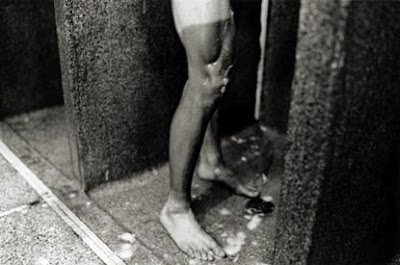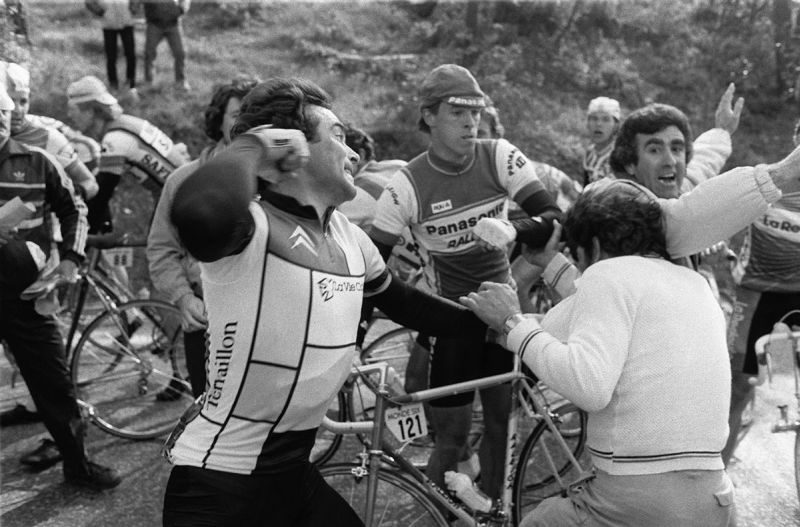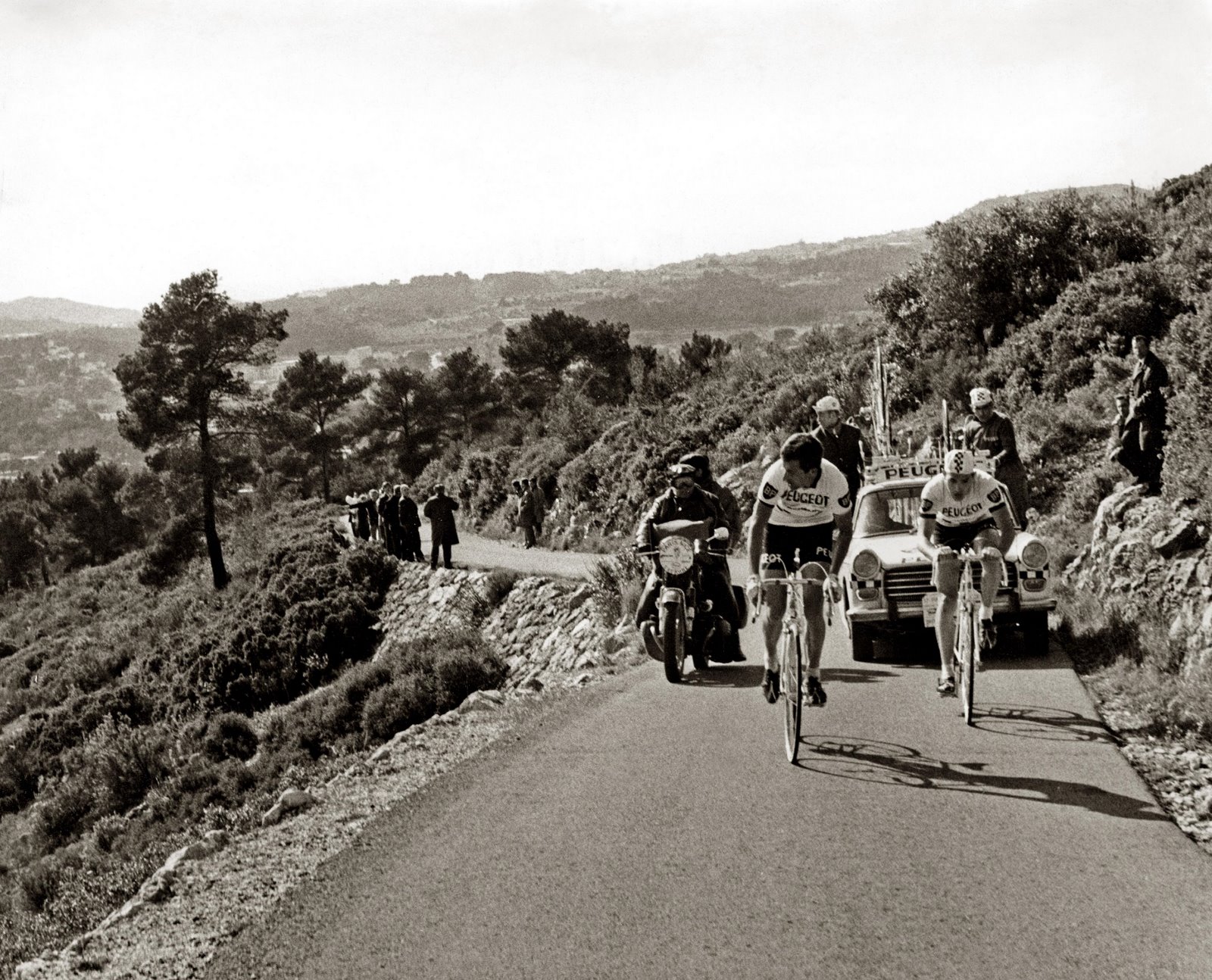
This post isn’t so much about cycling but the wider area around this Sunday’s Paris-Roubaix race. As you’ll see below, the “Hell of the North” title is not about cobbles but the state of the region.
Apologies if I upset anyone but Roubaix and the surrounding places are grim. Tourist rarely visit and the French have negative myths about the place. Even the cycling is not great, despite the famous race. You’re better heading across the border into Belgium for the bergs. Today the region thrives as transport hub but it is rarely a final destination.
What’s so bad? The effects of wars past are still visible, from cratered landscapes to fields of white crosses in mass graveyards. More recently the whole region has struggled, faced with vanishing industries and entrenched social problems. It’s a tough place with a tough race. But the good news is that it’s finally getting back on its feet, at least cosmetically.
Read more









